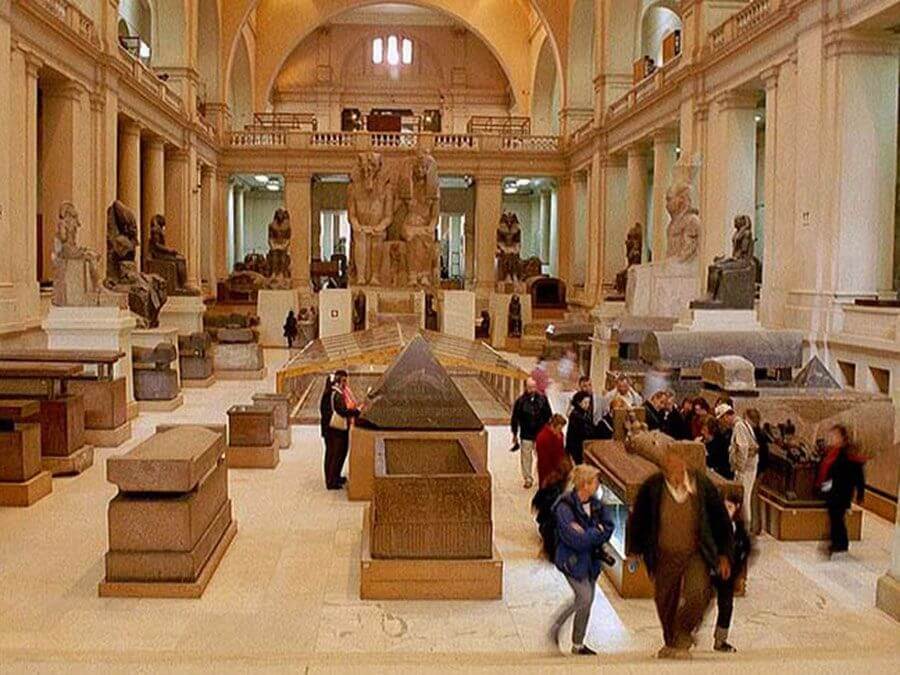What is Museum in History? Museums are like time machines. They take us back to other eras. Each museum is a window into history. They show us how people lived long ago. Some museums have art, like paintings and sculptures. Others have old tools, coins, or clothes. You might even find dinosaur bones in a museum!
The Start of Museums
Long ago, people collected rare things in private rooms. Even rulers like kings had collections. These were the first museums. Only a few people could see them. Then, something changed. Many years later, these collections opened to everyone. It was a new beginning.
| Period | Development |
|---|---|
| Ancient Times | Private collections by wealthy individuals and royalty. |
| 15th Century | First public museums appear in Europe. |
| 18th Century | The popularization and expansion of museums worldwide. |
Table of Contents
What You Can Find in a Museum
When you visit a museum, you’ll see many interesting things. Each item in a museum has a story. Museums can teach us about old gadgets and inventions. They can show us beautiful artworks. You might even wear 3D glasses in some modern museums!
- Artifacts: Items made by people from history.
- Fossils: Remains of animals and plants from the past.
- Documents: Old writings that tell us about previous times.
- Interactive Displays: Fun activities that help you learn.
Types of Museums
There are many kinds of museums. Some museums focus on art and beauty. Others may be about science and discovery. There are even toy museums! Think of any topic, and you may find a museum about it.
- Art Museums: Display paintings, sculptures, and more.
- Science Museums: Explore nature and technology.
- History Museums: Tell stories of people and places.
- Children’s Museums: Let kids touch and play to learn.
What is Museum in History?
Credit: en.wikipedia.org Read More
The Importance of Museums
Museums guard our history. They keep safe the things from the past. We learn about different cultures in museums. By learning from the past, we can make the future better. Museums also help us appreciate beautiful and rare items.
Credit: www.si.edu
Museums in the Digital Age
The way we visit museums is changing. Today, we can explore museums from home! Virtual tours on the internet show us museums far away. This helps more people see and learn about history. It’s like having a museum inside your computer!
How Museums Protect History
Museums do a very important job. They restore old things so they do not break. Experts work hard to keep these items safe. Each item is handled with great care. Museums help make sure nothing from our past is lost.
Your Visit to the Museum
A trip to the museum is always exciting. You can do fun things like treasure hunts. Some museums offer workshops for making art. You can even explore a real pirate ship in some! Remember to look around and ask questions. You will learn a lot!
Frequently Asked Questions For What Is Museum In History?
What Defines A Museum?
A museum is an institution dedicated to collecting, preserving, interpreting, and displaying items of artistic, cultural, or scientific significance for public education and enjoyment.
How Did Museums Originate?
Museums originated from private collections of wealthy individuals, families or institutions of the 17th century, which later became public.
What Types Of Museums Exist?
Museums vary widely, including art museums, history museums, science centers, war memorials, and niche collections focusing on specific interests or themes.
What Is The Oldest Known Museum?
The oldest known museum is the Ennigaldi-Nanna’s museum, dating back to 530 BCE, located in Ur, in ancient Mesopotamia (modern Iraq).
Conclusion
Museums are treasure chests of knowledge. They show us where we have been. They can give us clues about where we are going. Everyone, kids, and grownups, should visit museums. They tell the stories of us all. The next time you go to a museum, think about its history. And have fun learning!
Please note that any numbers (like dates) or more complex concepts have been simplified in favor of short sentences and simple language suitable for a 9-year-old’s understanding.

